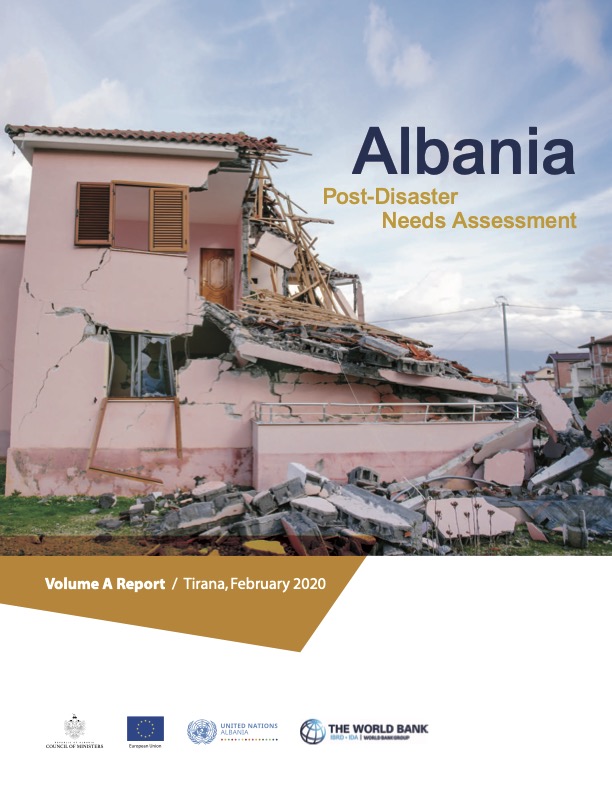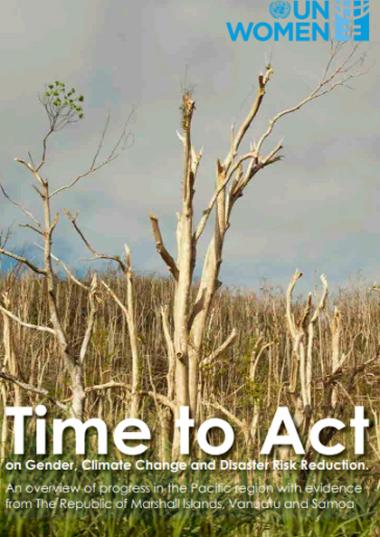

Albania, located on the Balkan Peninsula in South and Southeast Europe, has a population of 2.9 million people. With a total area of 28,748 square kilometres, the country is divided into 12 administrative regions which are further divided into 61 municipalities. The country’s economy has grown remarkably in the past three decades, moving Albania into a middle-income country status and increasing its Human Development Index from 0.72 to 0.79 over the past ten years.
According to the Albanian Institute of Geophysics, Water and Energy on 26th November 2019 at 03:54, a devastating earthquake, with a magnitude of 6.3 on the Richter scale at a depth of 38 km, hit the country. The epicentre was 22 km from Durres and 30 km from Tirana, where most of the major historically recorded earthquakes have occurred, in the convergent boundary between the Eurasian Plate and the Adriatic Plate.
As a result of the disaster, a total of 202,291 people were affected in the country, 47,263 directly, and 155,029 indirectly. The earthquake caused 51 fatalities and injured at least 913 people. The earthquake has been described by the national authorities as the strongest to hit Albania in 30 years. It caused extensive damage in 11 municipalities, including the two most populous, urbanized and developed municipalities.
On 6th December, the Government of Albania requested support from the European Union, the United Nations, and the World Bank to undertake a full and comprehensive Post-Disaster Needs Assessment (PDNA) to identify the damage, losses, and recovery needs arising from the earthquake. The tripartite partners provided financial and technical support to conduct the assessment in addition to the resources the government made available.




